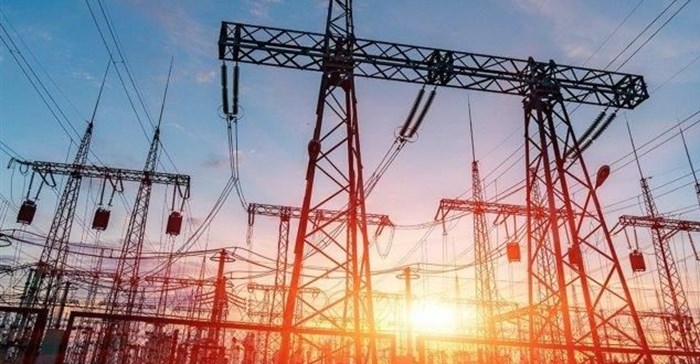
Related
Top stories


Marketing & MediaThe Odd Number named Financial Mail AdFocus Mid-Sized Agency of the Year
The Odd Number 2 hours




More news





















Here are five insights from the International Energy Agency's World Energy Outlook that every IPP needs to know when it comes to the future of energy:
Demand for energy is forecast to grow 1% a year until 2040, while electricity use is forecast to grow twice as fast. While the use of electric vehicles is one of the most highlighted reasons for this increased demand, there are three other more impactful drivers, namely industrial motors, household appliances and cooling needs.
This increased demand for electricity will strengthen its position as the second most popular choice of energy in final consumption, challenging oil’s positions at the top. A mix of technologies will fuel this transition, where solar photovoltaic (PV) and wind will take the lead. By 2040, more of our electricity will be through renewable sources than fossil fuels.
Renewable technologies bring astonishing benefits in terms of zero carbon emissions, but also introduce the challenge of flexibility. The continually increasing share of renewables in our energy infrastructure translates into an increasing share of variable electricity generation. Meanwhile, consumers are increasingly using electricity for cooling and to fuel their cars, changing the electricity demand profile. A combination of these two results in an increased need for power-system flexibility.
As traditional power plants and interconnections continue to be the key levers to deliver flexibility, gas-fired generation grows across most regions. The expanding availability of natural gas and its relatively cheaper price fosters this growth. IPPs bring to life the solutions to address the increasing demand for energy and electricity.
Demand for electricity generation is forecast to grow in Africa faster than any other region. A mix of factors, including over half a billion people to join the continent’s urban population, increased access to electricity and expanding mineral extraction activities, drive this demand.
Africa is also well-positioned to find the fuels to fulfil this need. On the renewables side, Africa is solar-rich, yet only less than 1% of the world’s installed solar capacity is in Africa, offering vast opportunities for power producers. When it comes to low-carbon fuels, Africa has benefited from recent discoveries of gas deposits. In fact, 40% of global gas discoveries from 2010 to 2018 were in Africa.
The installed base of PV has grown over recent years and is forecast to account for more installed capacity than any other energy source by 2040. Meanwhile, scaling up solar PV results in more electricity produced around the same time of the day in a given region. This could be interpreted as decreasing the value of additional electricity production as the solar PV installed capacity increases (according to Hirth), unless there is enough installed base of energy storage batteries to redeploy electricity produced for another time of the day.
On the other hand, offshore wind becomes the star performer when it comes to scalability, thanks to its high average annual capacity factor. Offshore wind’s annual average capacity factor is already comparable to gas-fired power plants in many regions and better than other variable renewables. This means the growth in installed base in offshore wind would not result in a diminishing value of electricity output.
Energy-storage batteries are projected to be the rising star in building our energy infrastructure, thanks to advancements in battery technologies and decreasing costs. It is estimated there will be a forty-fold increase in battery storage capacity by 2040, faster than almost every other mainstream technology.
Increased use of energy-storage batteries will also impact how we manage the intermittent nature of solar and wind. As mentioned, scaling up solar PV results in producing more electricity around the same time of the day in a given region and could reduce the value of additional electricity production. Meanwhile, a combination of solar PV and batteries could address this challenge. While the addition of batteries increases the levelised cost of electricity (LCOE), the LCOE for solar PV and batteries is forecast to be competitive with fossil fuels.
With the rapid changes in energy markets, new insights emerge continuously. IPPs that stay current with the latest insights could outperform others in bringing the ideal solutions to address our increasing need for energy and electricity to life.